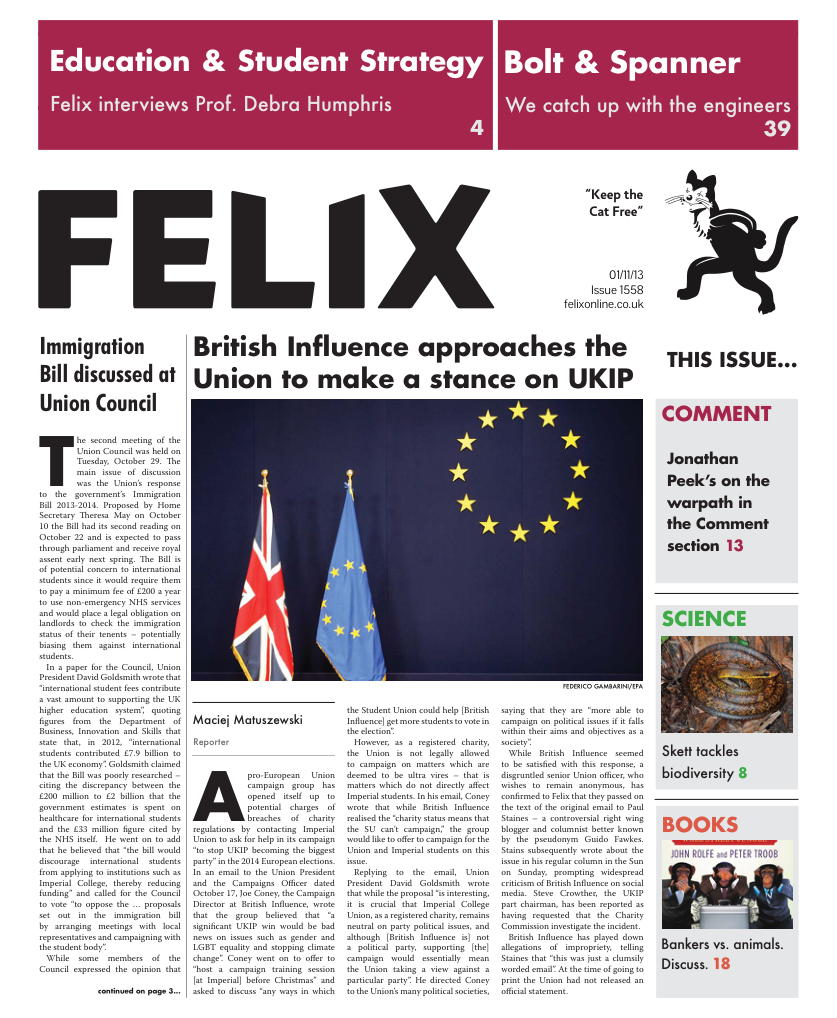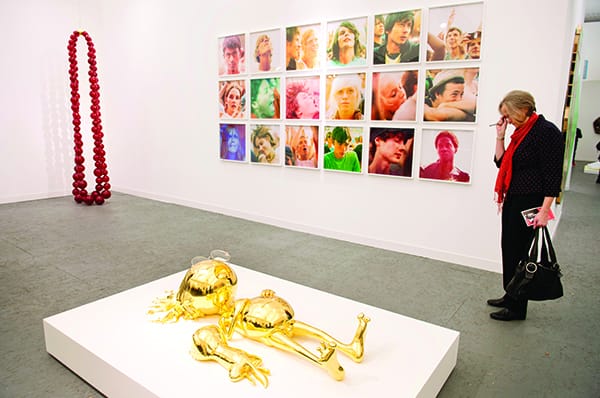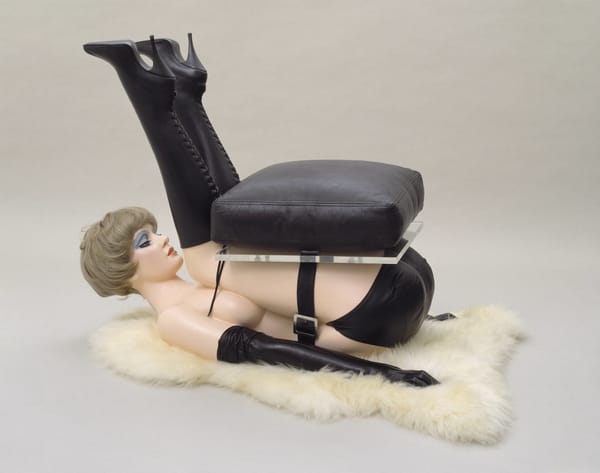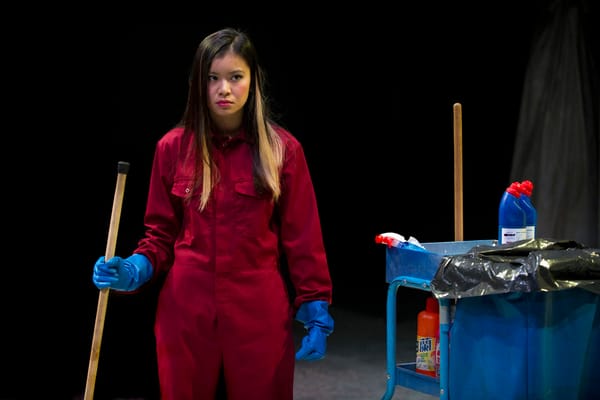1:54 - African Art
Kamil McClelland vistis the world’s first contemporary African art fair
I love contemporary African art. Raw talent exists throughout the continent of colour and exuberance, but a pitiful lack of funding leaves the majority of it undiscovered. However, with its newly burgeoning economies, a tidal wave of new and exciting art from the continent is about to hit us, with all the force and vitality of the dazzling pieces themselves. Africa is the place to be looking in years to come. And with El Anatsui’s huge tapestry TSIATSIA – Searching for Connection taking pride of place in the Royal Academy’s courtyard for this year’s summer exhibition, it seems the wave is already beginning to lap against our shores. This October, 1:54, the world’s first contemporary African art fair, brought together works from across all 54 African countries to the beautiful setting of Somerset House. Described as ‘the most significant cross sectional insight into art from the continent ever seen’, it aimed to break new ground and reveal this little-known art scene to the wider world in all its glory. It most certainly achieved this, with 15 different galleries exposing the eclectic mix of art that Africa has to offer. The fair deliberately came to London during Frieze to gain maximum exposure and publicity for an art market with a lack of funding, infrastructure and, unfortunately, influence. Being only the first art fair of its kind, one must look more at its potential for the future as opposed to its current state of infancy. And there was definitely a mood of great optimism and possibility amongst the curators, patrons and artists that were wondering between gallery spaces. However, it really was telling that the fair was unable to secure the continent’s leading galleries, Goodman and Stevenson of South Africa, which were already exhibiting at Frieze. Moreover, with only 15 galleries at the show, you felt it a bit lacking in material, especially when compared to both the PAD and Frieze fairs on that week. Such a shame, considering the quality of work that was gathered, such as those displayed by The Museum of Modern Art, Equatorial Guinea, which does not yet even have a physical gallery space back in its home country. I really had no idea what to expect from 1:54. Contemporary African art can seem so impenetrable to an outsider due to our lack of exposure to it. One cannot help but feel excited when this world, completely unseen to most, is suddenly revealed and in such a spectacular manner. Many of the works derived their influences from the African art that came before them; the textiles, the sculpture, the masks that had such a profound effect on the likes of Derain and Picasso at the start of the 20th century. However, it puts it in a context that we can understand, tackling subjects like urbanisation and the issues that accompany it, to give but one example. This creates a collection that is both challenging and new yet at the same time strangely accessible and recognisable. In a way I don’t particularly like the term “African Art”. It places all these works, made in cultural settings completely discreet from one another, under one umbrella. How can the work of Cyprien Tokoudagba, which gives us insight into Benin’s spiritual world, be put alongside The Last Judgment by Zimbabwean Richard Mudariki, which addresses politics, censorship and greed? It creates an impossible juxtaposition that runs throughout the whole of the show. Despite this, it almost feels necessary for works from across Africa to be displayed in this way. I feel a unified identity is what African art needs right now, with a single African voice. The art of individual countries is not well enough established to be represented just by itself, and so an African identity allows it to be seen and acknowledged by the wider world. And for a visitor largely ignorant of the diversity of African art, it offers an opportunity to dip one’s feet into this unexplored ocean with minimal effort. It is difficult to summarize what was on display at 1:54 but pieces generally were able to convey the entrepreneurship and powerful zest for life emanating from this young continent. Many looked at conflicts that have arisen between cultural traditions and a modern world of consumerism, where everything is disposable. Romuald Hazoumè wittily reinvented African masks out of recycled plastics and synthetic hair – as if that is what the modern human has become – as opposed to a gorgeous piece of carved wood, the cultural norm. 1:54 is full of surprises, especially when you compare the cost of some of the innovative and dynamic pieces on display to the six-figure sums you can expect at mainstream events like Frieze. To be able to pick up a work as deeply emotional as Amahiguéré Dolo’s expressive charcoal and kaolin pieces for only £800 is virtually unheard of in the art world, and an opportunity any buyer would be a fool to let pass by. Because of this, I see a promising future for this fair, especially with the Tate and Saatchi Gallery having purchased some of the works on display here. Despite its issues, I believe it will play an important role in the burgeoning popularity of the contemporary African art market – for it solves the problem of the scattered and decentralized art scene on the continent, by scouting the art from it and taking it to the rest of the world. This year’s show felt more like an opportunity to discuss the future of the African art market, as opposed to a comprehensive display of what the continent has to offer – something the fair organisers were quite happy to admit. Instead, they see this, as I do, as a great step forwards in making the vitality of Africa’s art culture an undeniable fact on the world stage.









